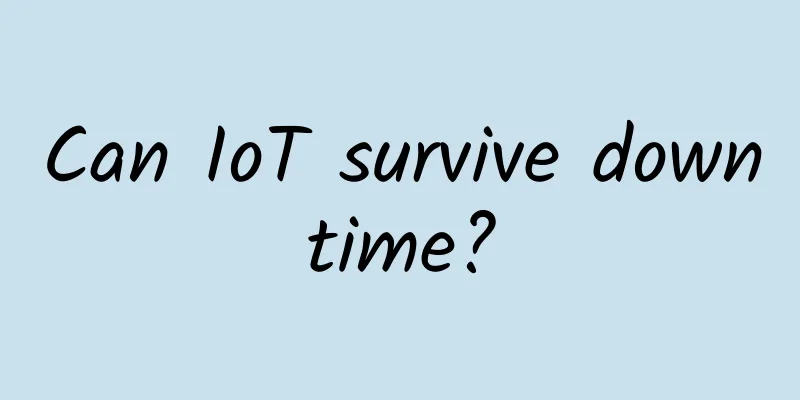When 5G meets edge cloud, it is the fundamental reason why 5G changes the world
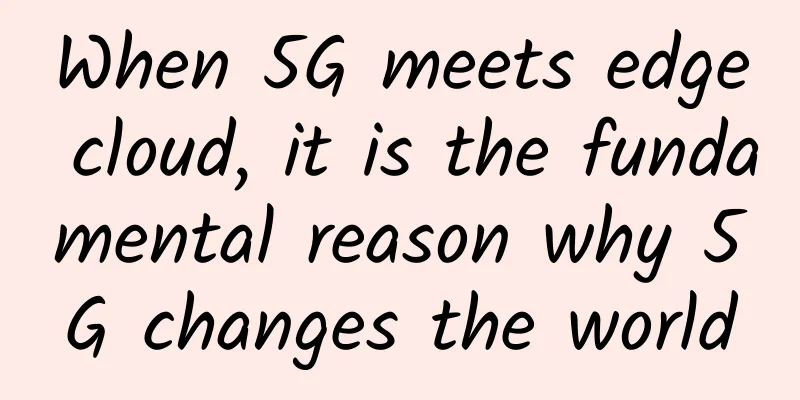
|
On June 6, 2019, a very auspicious day, the Ministry of Industry and Information Technology issued 5G commercial licenses to the four major operators, marking the official entry of China into the first year of 5G commercialization. What aspects of 5G are you paying attention to? 10 times faster than 4G Internet access, downloading a movie in seconds? Wearing VR glasses and having an immersive interaction with enlightenment teachers? As a user with little imagination, I really can't think of any other highlights. "4G changes life, 5G changes the world." This slogan has never been heard in the 2G, 3G, and 4G eras, and it has a sense of unprecedentedness. But can this world-changing momentum be achieved simply by increasing the Internet speed by 10 times? The “big discussion” about 5GIf 5G is only reflected in the improvement of network speed, then it will inevitably return to the "big discussion" between Pan Shiyi and Ding Lei. During the 2019 National People's Congress, Ding Lei, CEO of NetEase, who was born as an engineer and a pig farmer, misplaced his position. In an interview with the media, he said that 5G is essentially just an improvement in transmission speed, so don't have too many expectations for 5G for the time being, and don't expect 5G to bring too much change to our lives. In fact, the speed of 4G is fast enough and can fully meet (daily needs). Pan Shiyi, chairman of SOHO China, which makes money by building houses, delivered a cross-dimensional attack. "I also saw Ding Lei's remarks. After reading them, I thought that people living in the 2G world cannot understand 3G, and people living in the 3G world cannot understand 4G. People living in the 4G world are used to it and cannot understand the 5G world. When the speed increases by dozens of times, the possibilities it brings are beyond your imagination." Yes, if the advantage of 5G is only reflected in network speed, I think for most people, there is no essential difference between downloading a blockbuster in 1 second and downloading one in 10 seconds. If it makes no difference to most people, how can 5G change the world? The hidden part of the 5G icebergSince we are talking about the future, we have to talk about application scenarios. 5G happens to be the first mobile communication standard defined based on application scenarios. The International Telecommunication Union (ITU) has defined three major application scenarios for 5G, namely eMBB (enhanced mobile broadband), mMTC (Massive Machine Type Communication), and uRLLC (ultra-reliable & low latency communication). Simply put, eMBB is used for high-speed communication between people and between people and objects; mMTC is used for massive 5G IoT communications; uRLLC is used for high-reliability and low-latency communications in areas such as unmanned driving and industrial automation. With the advancement of 5G commercialization, relevant standards and experimental network deployments such as eMBB and uRLLC are also in full swing. A few days ago, the General Office of the Ministry of Industry and Information Technology issued the "Notice on Deeply Promoting the Comprehensive Development of Mobile Internet of Things", which is actually aimed at 5G Internet of Things applications. NB-IoT, 4G and 5G related technologies jointly form a comprehensive mobile Internet of Things ecosystem. Therefore, 5G is not a one-size-fits-all technology, but a combination of technologies for different scenarios. Therefore, even if operators have already started spending a lot of money to build networks and even if 5G smartphones have been released one after another, it is still a long way to go. It does not represent all of 5G. Artificial intelligence, autonomous driving, industrial control, the Internet of Things, and applications that are beyond the reach of our limited imagination are the applications with the most room for imagination and are the highlights of 5G. Without MEC, 5G will not work no matter how good it is.The transformation from consumer Internet to industrial Internet, this magnificent turn, is the fundamental reason why 5G changes the world. However, if the existing 5G network architecture is only for eMBB high-speed Internet access, it cannot support the ambition of industrial Internet to change the world. The shortest part of the barrel is the delay. Although in many promotional materials, it is claimed that the theoretical latency of 5G has reached 1ms, it can definitely meet the stringent latency requirements of applications such as autonomous driving and Industry 4.0. However, it should be noted that this 1ms delay is only the air interface delay. That is to say, the latency from the terminal to the access side is 1ms. However, what about the latency from the access side to the processing center located in a remote network? The latency incorporated into the network transmission calculation is instantly pulled back to the "primitive era". It's like a turbocharged 6-cylinder engine equipped with four carriage wheels. The overall latency should not be underestimated. When reaching the 5G network aggregation side, the latency is 10ms; when reaching the data center in a prefecture-level city, the latency is 20ms; if it is a national cloud data center communication, by the time the data packet is processed and returned, the daylily is cold... Therefore, in order to realize the eMBB and uRLLC application scenarios that were previously unthinkable, especially uRLLC with high requirements for latency and reliability, the 5G network architecture must be changed. At this point, MEC must be brought on board. MEC's past and presentMEC, originally named Mobile Edge Computing, is a standard developed by ETSI (European Telecommunications Standards Institute) that specifies and describes in detail the seven major business scenarios of mobile communications. Including intelligent mobile video acceleration, surveillance video stream analysis, AR (augmented reality), intensive computing assistance, enterprise private networks, Internet of Vehicles, IoT (Internet of Things) gateways, etc. With the continuous evolution of edge computing in mobile communication networks, some people probably feel that MEC (Mobile Edge Computing) is not worthy of the high-end 5G. MEC continues to expand its connotation and deeply integrates mobile access networks with Internet services, and has become what it is today, MEC, Multi-Access Edge Computing. ZTE Corporation's "5G Industry Application Security White Paper" Whether it is mobile edge computing or multi-access edge computing, the essence is to sink computing power to mobile edge nodes, reduce latency, improve user experience, save bandwidth resources, and provide third-party application integration, providing unlimited possibilities for service innovation at the mobile edge entrance. Among operators' MEC network deployments, China Unicom is the most typical. In the specific implementation of China Unicom's MEC edge cloud, MEC value-added services (VAS) are divided into CT value-added services (CT-VAS) and IT value-added services (IT-VAS). China Unicom 5G MEC Edge Cloud Platform Architecture and Commercial Practice White Paper How much is MEC's investment?5G network + MEC will bring huge opportunities for network construction, reconstruction at the network level, reconstruction at the business level, reconstruction of application needs... will bring huge investment opportunities to the industry. Excluding the indirect driving effect brought by 5GMEC, this will also be a huge investment from the perspective of infrastructure construction alone. The scale of investment will be beyond imagination. The deployment location of MEC data centers can be diversified according to network conditions. They can be deployed in core layer computer rooms in cities, aggregation side base stations, small base stations, and even in customer computer rooms... China Unicom 5G MEC Edge Cloud Platform Architecture and Commercial Practice White Paper Although the investment scale of individual edge cloud centers varies greatly, ranging from tens of thousands to hundreds of millions, the sheer number of small base stations is in the tens of millions, the number of macro base stations is in the five million, the number of aggregation nodes is in the 50,000s, and the number of customer data centers is huge... Therefore, the trillion-level investment scale should not be considered an exaggeration. Who can eat this big cake?Although there is huge room for imagination in the future application scenarios of 5G, the matching investment is so huge that even wealthy operators will have to think twice. In fact, operators have always been sad and ashamed of being reduced to plumbers, so the industry's commonly known as "cloud-pipe-edge-end" is usually written as "cloud-network-edge-end" in the operators' PPTs. After all, even a Super Mario plumber is just a blue-collar worker. Can we make a comeback with 5G? Perhaps MEC is the opportunity. Of course, it’s not just the four major operators that are eyeing this piece of cake. There are also OTT and public cloud giants who, in the past, relied on overhead passes to turn operators into channels and made a fortune by relying on the highways provided by the channels. In the future, OTTs still want to continue this routine. OTT relies on the existing full-network central cloud and continues to sink, extending the cloud's tentacles to the edge. Relying on the central cloud service foundation and its own ecosystem, it gradually expands existing services to the MEC edge cloud industry. Of course, the new network architecture brought by MEC also brings huge opportunities to many vertical industries. The sub-sectors of applications such as autonomous driving, industrial Internet, and telemedicine that require large bandwidth, low latency, security and privacy will also produce corresponding industry application service providers. Whether it is necessary to build MEC infrastructure by oneself, lease third-party MEC capabilities, or jointly build and share MEC space through cooperation, this is a business model worth exploring by all parties in the future. MEC looks forward to the next waveAt present, although all parties are exploring MEC in terms of technology, business model, network construction, etc., it has to be said that 5G has only encountered edge cloud at present, and its future development trend is still unknown. The greater the uncertainty, the more opportunities it provides for the younger generation. China Unicom's MEC has opened an edge application developer platform, providing platform APIs, SDKs and developer tool sets, and providing developers with all-round docking for incubation, enabling, carrying and distribution, which is very conducive to the participation of all parties in jointly building an open MEC ecosystem. Perhaps it is foreseeable that in the near future, just like the iOS Apple Store, a large number of 5G industry applications for various vertical fields will emerge on this platform. Operators who are gradually becoming pipelines can also be given more expectations. After all, industrial Internet platform is a relatively high-sounding title. In addition to charging packages to mobile phone users, there is also an industry application package. Isn’t it great? Everything is left to the entrepreneurs of this era to think about. |
<<: Basic network management knowledge of Linux operating system
>>: Behind the surging IPv6, how much do you know about the DHCPv6 protocol?
Recommend
5G and eSIM are now a must for IoT companies
Embedded Subscriber Identity Module (eSIM) techno...
A Preliminary Study on ASP.NET Core Api Gateway Ocelot
[[387094]] This article is reprinted from the WeC...
spinservers: $69/month - 2*E5-2630Lv2, 64G memory, 1.6TB SSD hard drive, 1Gbps bandwidth, unlimited traffic
spinservers has released a special promotional US...
Transforming the Enterprise with 5G Technology
For years, people have been talking about the tra...
AI World: Eight AI trends to watch in 2018
Computationally speaking, the big data analytics ...
V5.NET: Huawei Cloud Private Line (Hong Kong) Server Limited 30% Discount Monthly Payment Starting from 318 Yuan
V5.NET Server is promoting Huawei Cloud dedicated...
Front-end: Uniapp encapsulation network request notes
[[425641]] As a front-end framework for mobile de...
Saving Energy in Smart Buildings with PoE Switches
This is not something that happened overnight, bu...
WiFi is getting slower and slower. Here’s how to revive it
Using WiFi to surf the Internet has become an ind...
Understanding Deterministic Networks in Seconds: Playing with Queues (Part 2)
The previous section introduced the evolution of ...
Flink's general method for calculating Pv and Uv
[[432405]] PV (Visit Volume): Page View, which is...
Ruijie Networks' scenario-based wireless technology helps Suning's new shopping model of "Internet + Retail"
As a leading enterprise in China's private en...
Service assurance cases in carrier SDN
There is a lot of interest in carrier SDN and the...
Layer.ae: AMD Ryzen9 7950X series from $15/year, Singapore/US/UK data centers
Layer.ae was founded about three years ago and is...
Expert: It’s time to promote 5G application innovation
Wang Zhiqin, deputy director of the China Academy...
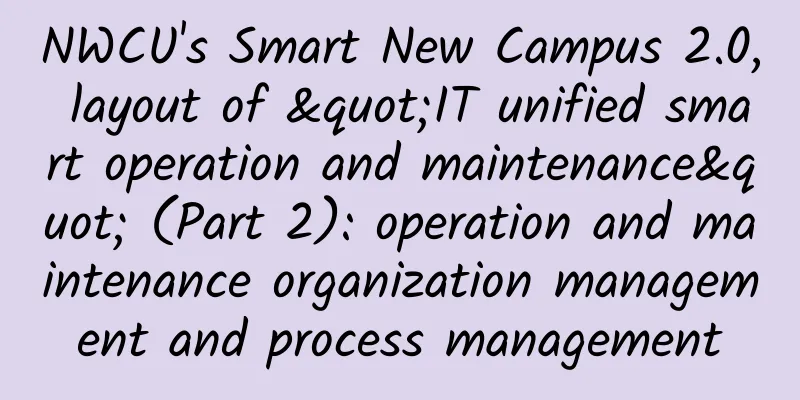


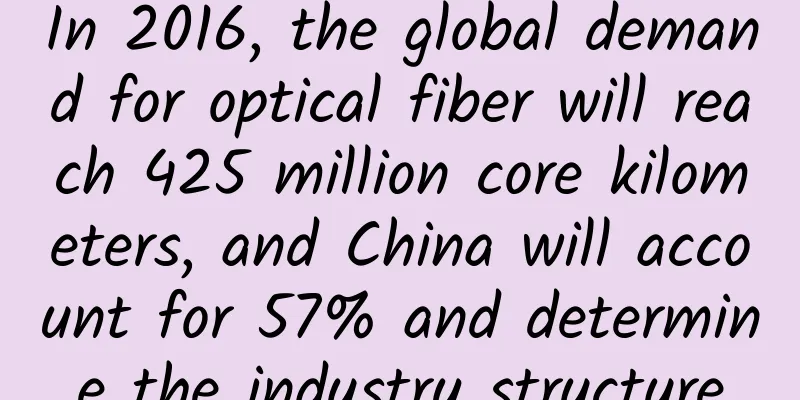


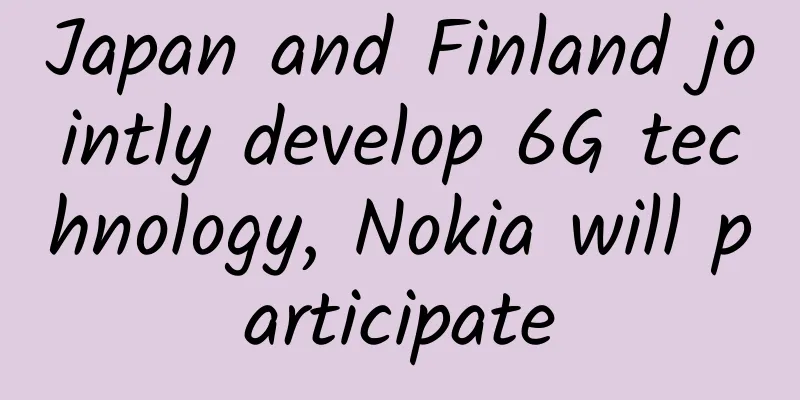

![[Black Friday] Friendhosting 40% off, 13 data center VPS monthly payment starts from 1.8 euros](/upload/images/67cabcf83af92.webp)
